2013 rolls in like a Swiss person being pushed down a hill, which means it’s time for some more reviews! And some photos of Benedict Cumberbatch, because I refuse to bow to reader demands.
He’s such an intellectual! Trying as ever to get a mix of comics from the shelf, this week sees the usual Marvel, DC and Image choices joined by The Phoenix. That’s right! It’s time for something which people under the age of 25 can actually read and enjoy! Fancy that.
This week I’ll be reviewing Superman #15, Fatale #11, The Phoenix #52 and New Avengers #1. Sort of.
Superman #15
Superman has been in a little bit of trouble in DC’s New 52. Originally appearing in Superman, Action Comics and Justice League, the character suffered from an overly elaborate creative plan which gave Grant Morrison an origin story – which he seemed to be writing while dozing off – and George Perez the contemporary version of the character, which was rather overwritten. As a result, Geoff Johns had to balance the bratty, smug version of Superman written by Morrison with the friendless, monologuing wonder written by Perez. It didn’t really work.
2013 sees Scott Lobdell on the main title, with Andy Diggle soon to take over on the (admittedly improved) Action Comics shortly. Based on this issue, in which Superman visits an imprisoned Lex Luthor for advice and secrets – things have picked up dramatically. People have spent the past few years criticising Lobdell, often before he’s typed even a word of script, but here he seems to have found exactly the right pitch for the character he’s writing. This version of the Superman comic is fun and inventive, written in a slapstick fashion which adds touches of melodrama to a somewhat slight storyline. Whenever a scene seems like it might start dragging, Lobdell throws in a silly joke or a detailed map for the incredibly talented Kenneth Rocafort to draw, to keep the attention. It is, really, the perfect comic for ten year old me.
Everybody in the comic seems to be actively enjoying themselves, which is rare in DC’s current selection of comics. Lobdell has always had a superb knack for characterisation – especially in his male leads – and here he gives Superman a voice which harkens back to the idea that the character is a clean-cut hero, above all else. There are some odd notes – a narration near the end bumps into iffy territory as soon as Superman refers to Wonder Woman as his ‘beloved’, but for the most part the writing provides a fresh attitude to the Man of Steel. Rocafort’s art is excellent as ever, and special attention should be drawn to Sunny Gho’s colours, which give a lush look to the scenes which are perfectly suited for the bright world of Superman.
Based on issue #15, Superman is in good hands with Lobdell. It’s a comic pitched at a younger audience, but with enough charm to snare in everyone else as well.
Fatale #11
A horror story told in a noir-ish style, Fatale reads mostly like a television show put to paper. Ed Brubaker’s use of extensive narration to establish a lightly-cynical, downbeat and worried tone for the series also reads like a narrator on a television show. Issue #11 is essentially three short stories all linked together by Josephine, the main character. First we see the story of a man who was enthralled by her but lost her. Then we see her story, and the effect she has on men (she acts like a siren from the Greek myths, only without the boats or singing… this is a bad comparison), before we finally come to a third story, which is similar to the second.
The stories are all well illustrated and told superbly by Sean Phillips, who certainly knows by now how to sequence a scene so that it looks cinematic in scope. Each page is made up of right-angled panels, which provides an uneasy sense of calm amongst the supernatural weirdness which weeps into the story from time to time. The panels never deviate in shape, only size, which gives the book a feeling of routine. The characters are all waiting for their doom to happen, which makes the book feel old-fashioned and enhances the read. I’m not so sure that it helps the story itself.
I’ll try to explain. Whilst Fatale is a well told and created series, it feels more like a solid read than it does a story. The different tales and central characters are created well, but there’s no sense of surprise or danger in any of the stories. Because everything feels like part of a story, there’s no sense that this is naturalistic, and things could take us by shock. The characters go through routine, and that just so happens to mean that they deal with the supernatural and take part in the conventions of horror and noir. It’s a very well made comic, but it doesn’t last beyond the read. When you pick up Fatale, you’re reading a standard storyline told rigidly, a book which comments upon the genre without desiring to challenge or evolve it.
The Phoenix #52
I couldn’t find the correct cover for issue #52, but I’ll be talking about The Phoenix as a whole anyway, so this’ll do. The Phoenix celebrates a year of publication this week with a 52nd issue of the magazine. A British comic aimed at children (in the style of The Dandy or Beano), The Phoenix’s main distinction is that it has a fresh start on everyone else.
While the other comics have tradition and well-known characters, The Phoenix has new characters and a fresh premise, so can play into the successes of previous weekly comics whilst avoiding the mistakes they made. The characters here can be contemporary without being wrenched out of their original premise – an idea which certain other characters have struggled with – and engage a different audience. The readership isn’t made up of little white boys anymore, because Britain has diversified and moved on from the past. The stories in The Phoenix have made steps towards representing a wider range of readers, and is all the more interesting for it.
This issue wraps up any ongoing storylines for the various strips which have been running – fresh start next week – and there’s a solid mix of well told stories and fart jokes. Zara’s Crown, a series by John and Patrice Aggs, is the standout of this issue, culminating a conspiracy thriller with immediately inviting dialogue and characters. The finale lives up to the rest of the series, keeping energy high while offering fans a chance for future stories down the line. Elsewhere are reader competitions and submissions, along with educational comics (sort of) and a range of different art styles and voices. There’s a little bit of a reliance on cute animals and/or bums, but that’s simply a case of giving the people what they want.
A lighthearted read every week, The Phoenix closes out the year with confidence in itself. I can only expect that Year 2 is going to see The Phoenix continue to thrive, and flourish.
New Avengers #1
Marvel’s big release of the week would be the first issue of New Avengers by Jonathan Hickman and Steve Epting. The issue acts more as a prologue to the series itself, though, with a set up for the first threat interspersed with a singular story about Black Panther. T’Challa has struggled as a character over the years, in part because it’s easy for his race (he’s African) to take precedence over his character.
For this first issue, Hickman makes a strong case that this won’t be happening during his run. His take on the character is as a pragmatist more than anything else. He has the curiosity and intellect of Reed Richards, along with the confidence of Tony Stark, but here the character shows his intelligence through hanging back and observing, rather than stating his thoughts. This is again something of a rarity in mainstream comics, with most scientists eager to show off their brains immediately. Hickman instead opts to make Black Panther restrained and cautious, and he forms a stronger protagonist as a result.
It does have to be mentioned that to do this, Hickman spends the entire issue with the character, with Reed Richards getting a monologue on the first page but then no further appearances from the rest of the team until the last page. This does feel more like a point one issue than an issue one, with things teased but not expanded upon. Meanwhile, the sequence after we reach the halfway point of the issue does feel a little like Hickman is dragging things along, because he doesn’t want to bring in the other characters until the next issue. I’m not complaining about this, because Black Panther is engaging enough as a character – but Dr Strange fans will likely feel a little let down here.
Steve Epting’s art is strongest when showing off the character designs and modelling, and becomes a little more difficult during the action sequences. Towards the end he decides to show Panther attacking somebody as a progressive sequence, with five steadily advancing images of the character bearing down on the reader within the same panel. It’s an effective use of the sequence, but then it gets used again only a page later, and is a diminishing return. The inking is excellent from Rick Magyar and Epting, however, and the colouring and lettering are very effective indeed. New Avengers is a good standalone opening issue – but it’s issue #2 which will actually be a ‘New Avengers’ issue.
None of the comics this week featured Benedict Cumberbatch:
This seems like a mistake on their part.



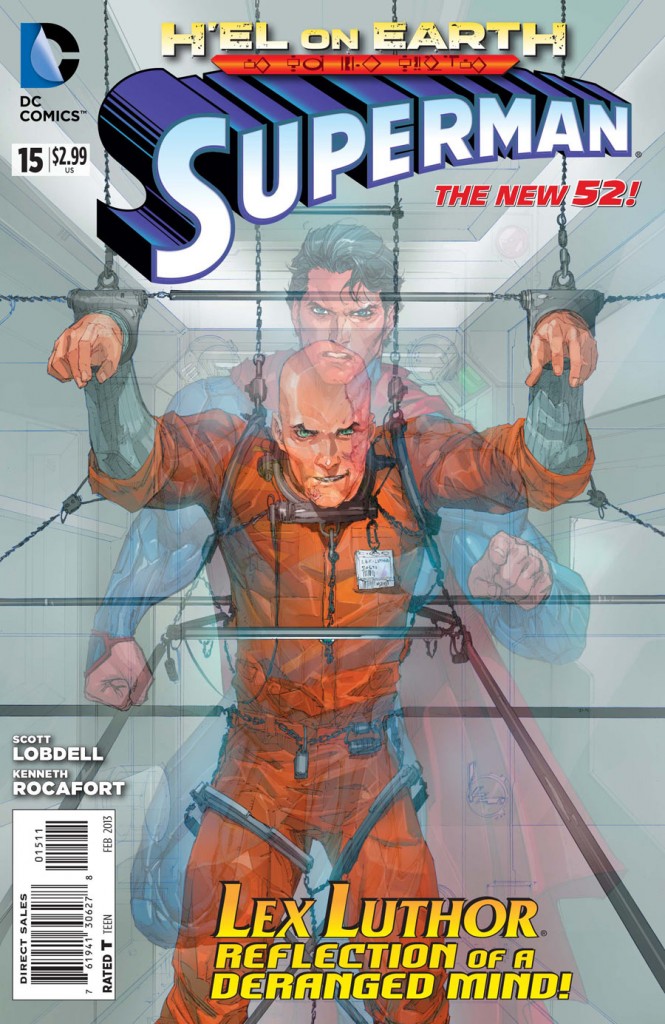
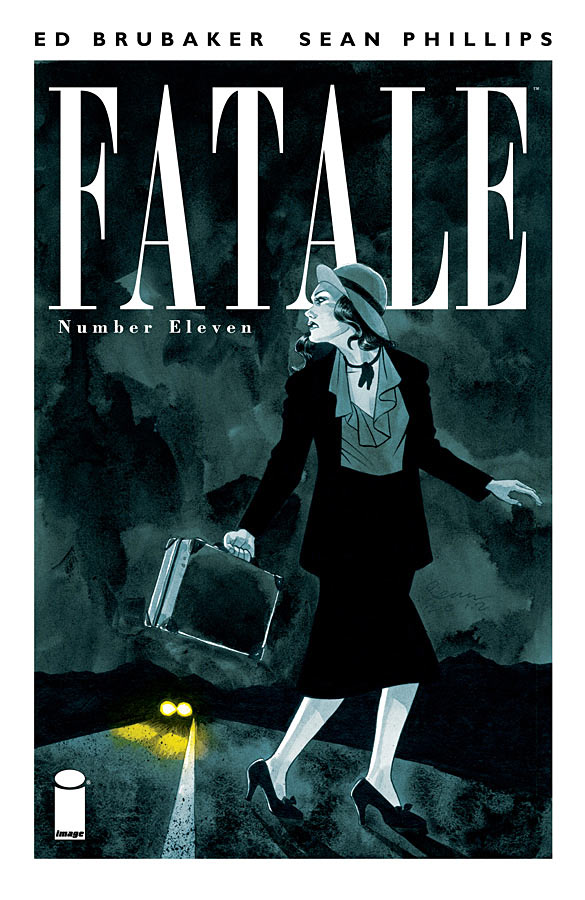
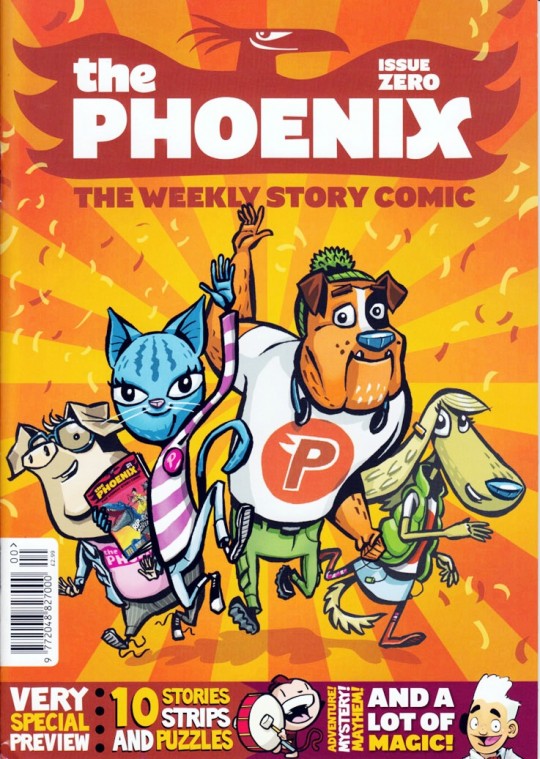
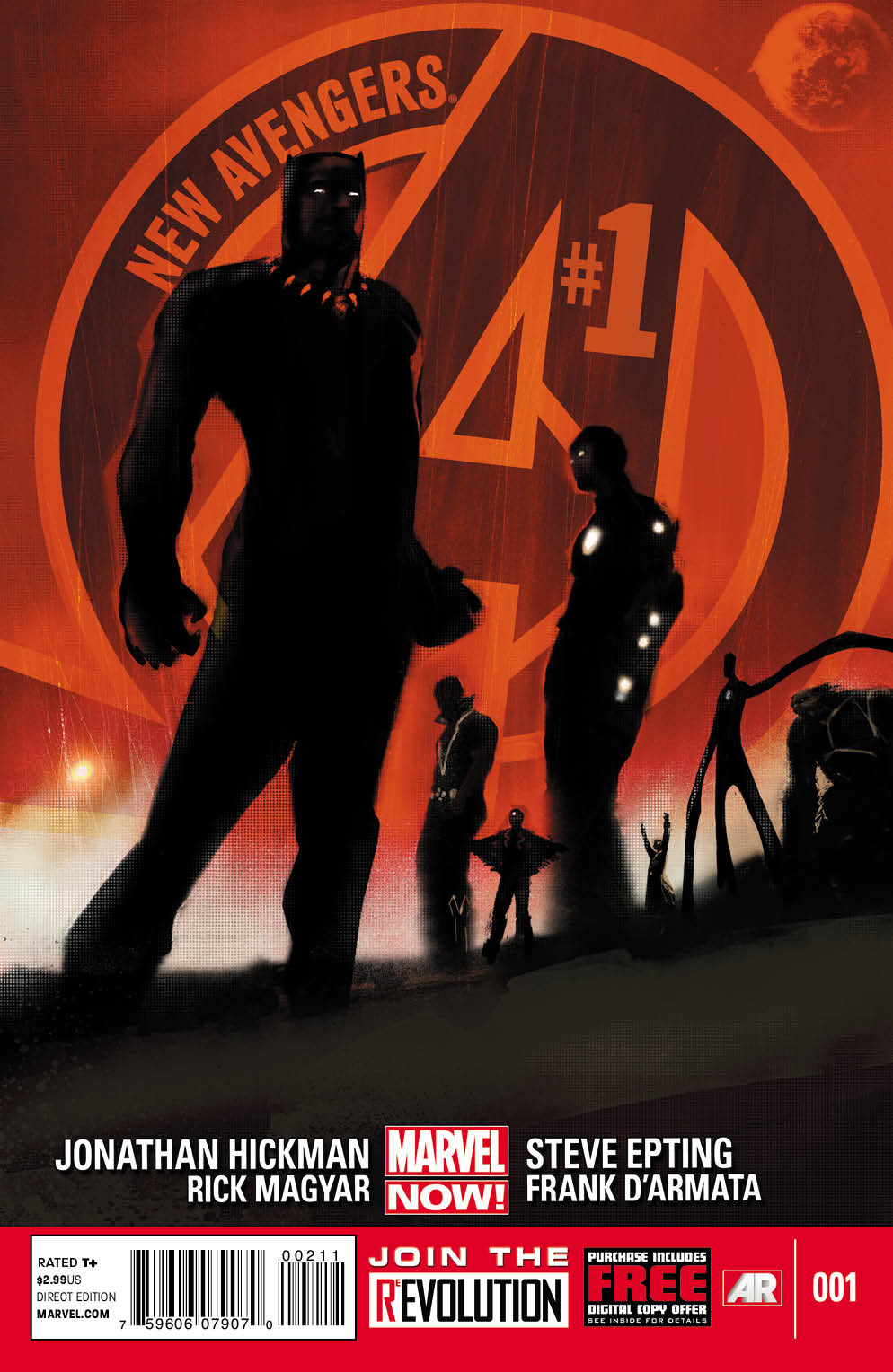
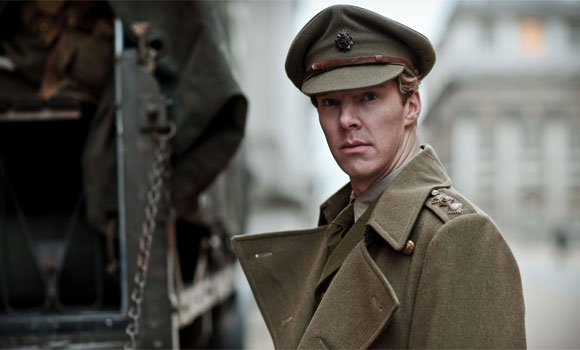
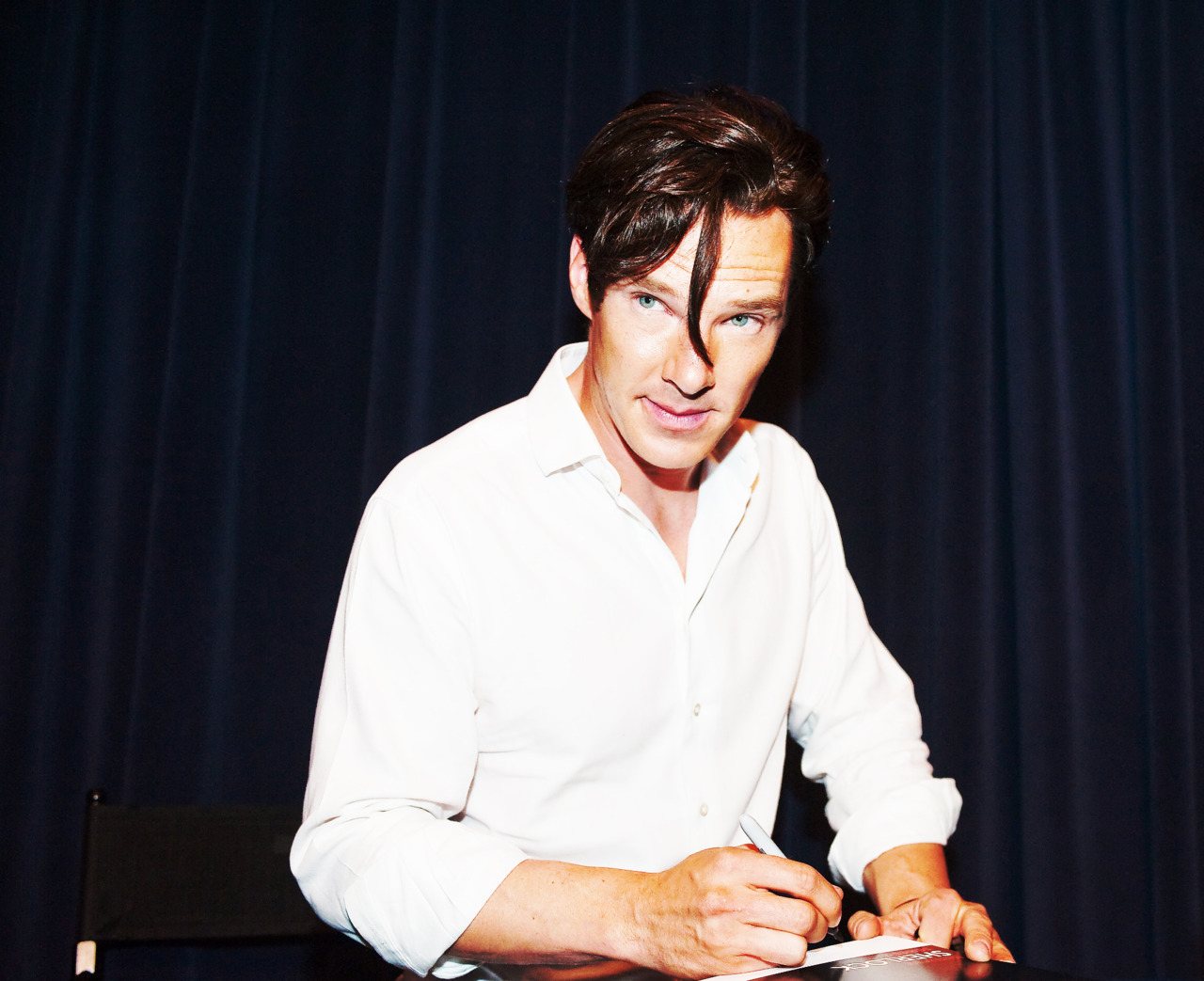
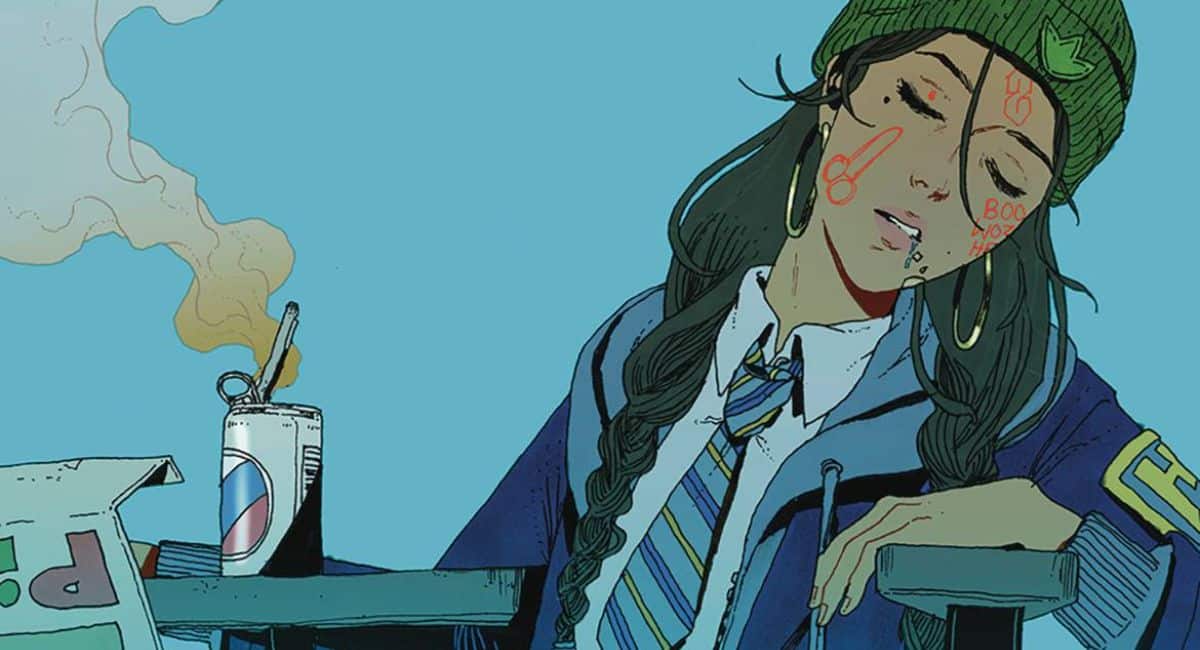
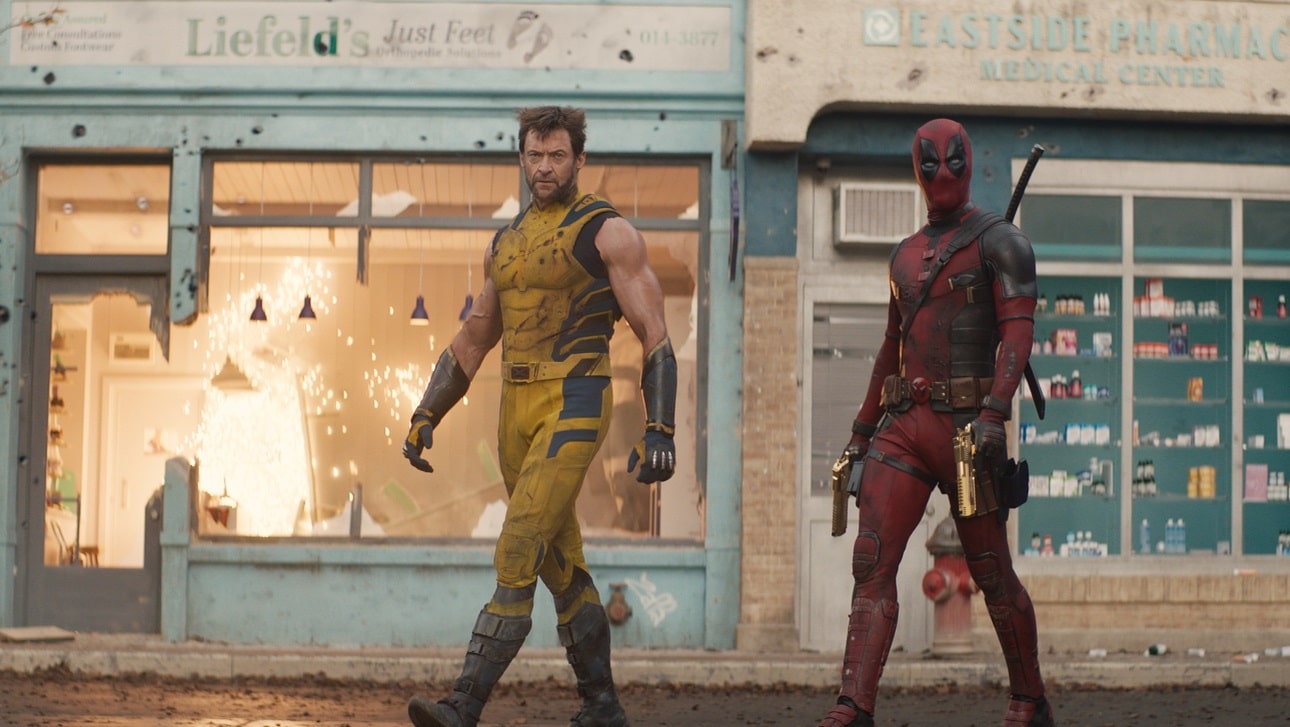



Well played Mr. Morris. Well played. lol
Also kinda disagree with you feelings on Superman, but this is less a complaint about the title and more a complaint about the cohesive voice that apparently isn’t important at DC. From Action to Justice League to Superman and everywhere in between I find that Clark and Superman are completely different characters depending on the writer, and I feel that while what Morrison set forth was an intriguing direction for the character to take, Lobdell’s has been the “90’s X-Force” of the Superman titles. At this point (of course these are the last New 52 titles I’m reading so I should probably let it go :)) as I said on another site, this is just another example of DC titles having many captains to a rubberless ship.
Unless it’s a pun I missed, I think you mean a “rudderless” ship. Tho Slate just happens to have a good article today on the legal history pertaining to rubberless ships, which has a direct connection to censorship and anti-obscenity law!
http://www.slate.com/articles/life/history/2013/01/porn_protectionism_and_the_black_market_origins_of_the_american_condom_industry.html
Best post of the year, so far. More ‘batch.
Comments are closed.